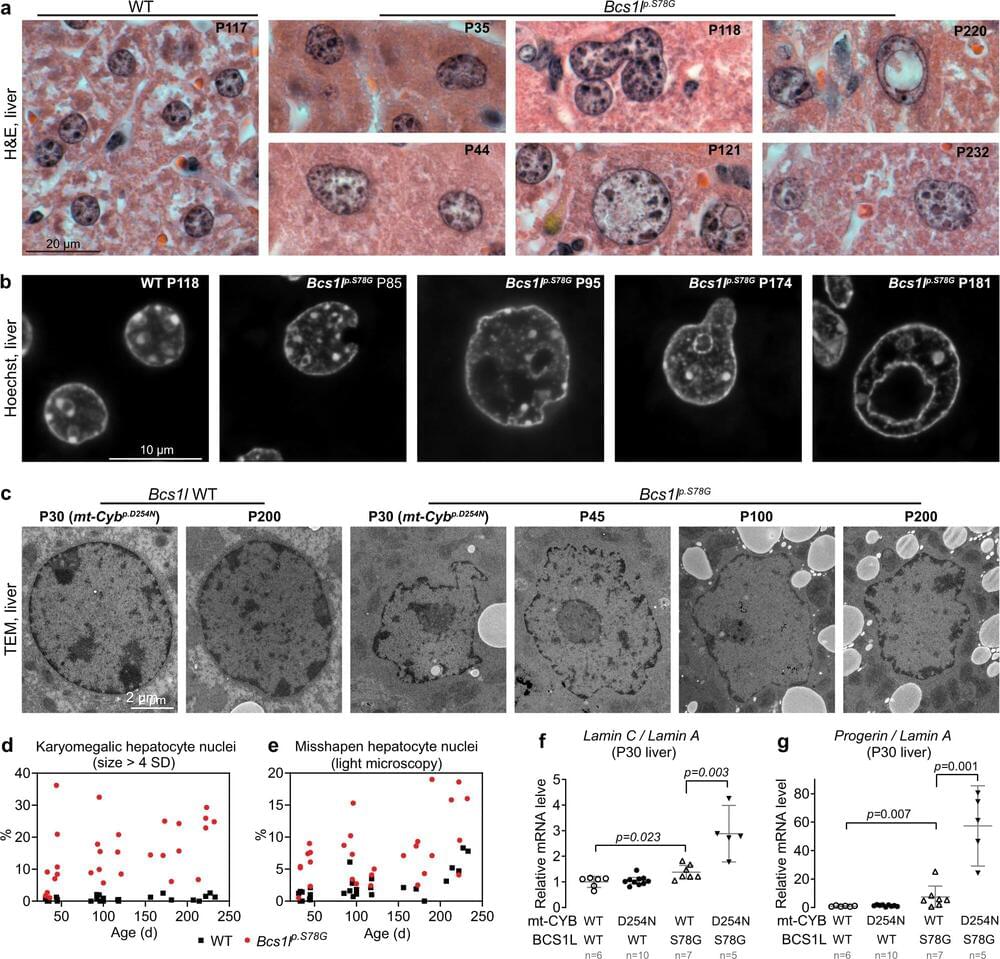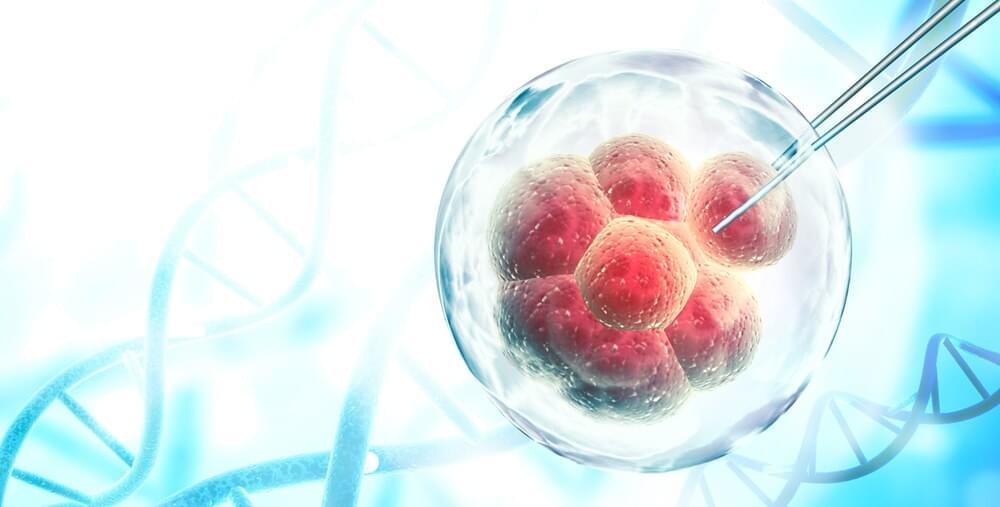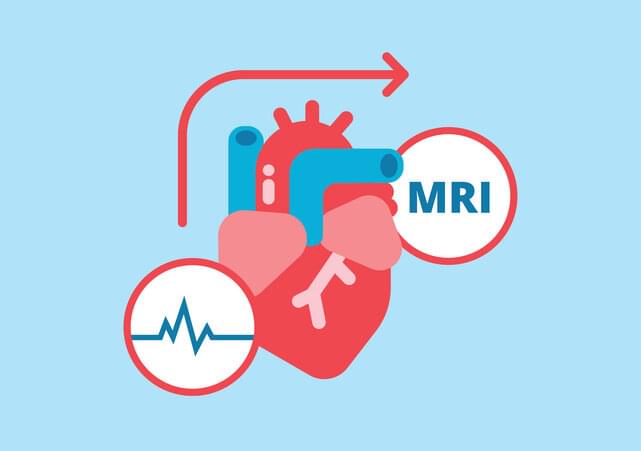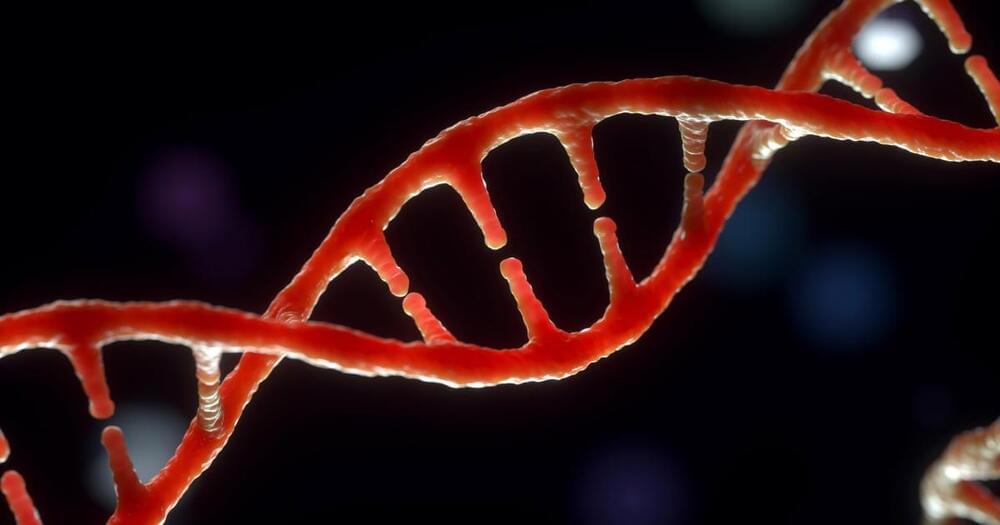Sure could’ve used this a few years ago.



A study has found that a mitochondrial disease in newborns shows cancer-like changes in proliferating cells, causing tissues to age prematurely. The finding is a significant step forward in understanding the syndrome and developing treatments for mitochondrial diseases.
GRACILE syndrome, a mitochondrial disease that is one of the Finnish heritage diseases, shows altered cell metabolism and proliferation resembling that of cancer cells. In the future, similar mitochondrial diseases could potentially be treated by limiting excessive cell proliferation. This is demonstrated in a study led by docent Jukka Kallijärvi and professor emerita Vineta Fellman that was carried out at the Folkhälsan Research Center and the University of Helsinki and published in Nature Communications in April 2023.
Mitochondria are organelles responsible for a large portion of cellular energy metabolism. Mutations in genes required for mitochondrial functions cause mitochondrial diseases in humans. GRACILE syndrome is caused by a malfunction in the respiratory chain, the very system the mitochondria utilize to generate cellular energy. The onset of the syndrome is in the fetal period, manifesting after birth as a liver and kidney disease with severe metabolic complications. Newborns with the syndrome usually only survive a few weeks.

Our cells naturally degrade over time, which is part of the reason we’re not as mobile and sprightly aged 80 as we are aged 8. Now scientists have figured out a way to boost cell lifespan and longevity using a synthetic genetic ‘clock’.
Researchers from the University of California San Diego based their findings on the yeast Saccharomyces cerevisiae, making it unlikely that humans might live forever any time soon – but the team thinks that the work could be developed to eventually help the human body age in a healthier way.
By ‘rewiring’ the yeast cells, the researchers were able to boost their lifespan by 82 percent on average. It’s a promising development in the control of cellular aging and treating age-related conditions.

Neural networks are distributed computing structures inspired by the structure of a biological brain and aim to achieve cognitive performance comparable to that of humans but in a much shorter time.
These technologies now form the basis of machine learning and artificial intelligence systems that can perceive the environment and adapt their own behavior by analyzing the effects of previous actions and working autonomously. They are used in many areas of application, such as speech and image recognition and synthesis, autonomous driving and augmented reality systems, bioinformatics, genetic and molecular sequencing, and high-performance computing technologies.
Compared to conventional computing approaches, in order to perform complex functions, neural networks need to be initially “trained” with a large amount of known information that the network then uses to adapt by learning from experience. Training is an extremely energy-intensive process and as computing power increases, the neural networks’ consumption grows very rapidly, doubling every six months or so.

In a recent study published in the journal Cell Stem Cell, researchers hypothesized that pacemaker-like activity of human pluripotent stem cell-derived cardiomyocytes (hPSC-CMs) resulted in engraftment arrhythmias (EAs), which hampers the clinical use of cell-based therapy using hPSC-CMs for treatment of myocardial infarction (MI).
Study: Gene editing to prevent ventricular arrhythmias associated with cardiomyocyte cell therapy. Image Credit: FrentaN / Shutterstock.
Scientists are still determining whether humans will reach a maximum possible age or if we can extend lifespan indefinitely. One thing we know is that the aging we see and feel in our bodies is connected to aging that individual cells experience. Yeast is a common model in molecular biology that is often used to study aging. In 2020, scientists found that yeast cells could go down one of two aging paths; in one, structures called nucleoli were degraded and ribosomal DNA experienced less silencing; in the other, mitochondria were affected and heme accumulation was reduced. The researchers suggested that these were two distinct types of terminal aging.
In follow-up work, the research team has manipulated the genetics of those pathways, and have extended the lifespan of cells by doing so. The work has been reported in Science. The investigators applied a solution to the cells that altered gene circuits to stop the cells from deteriorating.

To get an inside look at the heart, cardiologists often use electrocardiograms (ECGs) to trace its electrical activity and magnetic resonance images (MRIs) to map its structure. Because the two types of data reveal different details about the heart, physicians typically study them separately to diagnose heart conditions.
Now, in a paper published in Nature Communications, scientists in the Eric and Wendy Schmidt Center at the Broad Institute of MIT and Harvard have developed a machine learning approach that can learn patterns from ECGs and MRIs simultaneously, and based on those patterns, predict characteristics of a patient’s heart. Such a tool, with further development, could one day help doctors better detect and diagnose heart conditions from routine tests such as ECGs.
The researchers also showed that they could analyze ECG recordings, which are easy and cheap to acquire, and generate MRI movies of the same heart, which are much more expensive to capture. And their method could even be used to find new genetic markers of heart disease that existing approaches that look at individual data modalities might miss.


Researchers have taught an AI to make artificial genomes — possibly overcoming the problem of how to protect people’s genetic information while also amassing enough DNA for research.
Generative adversarial networks (GANs) pit two neural networks against each other to produce new, synthetic data that is so good it can pass for real data. Examples have been popping up all over the web — generating pictures and videos (a la “this city does not exist”). AIs can even generate convincing news articles, food blogs, or human faces (take a look here for a complete list of all the oddities created by GANs).
Now, researchers from Estonia are going more in-depth with deepfakes of human DNA. They created an algorithm that repeatedly generates the genetic code of people that don’t exist.

While the world has been captivated by recent advances in artificial intelligence, researchers at Johns Hopkins University have identified a new form of intelligence: organoid intelligence. A future where computers are powered by lab-grown brain cells may be closer than we could ever have imagined.
What is an organoid? Organoids are three-dimensional tissue cultures commonly derived from human pluripotent stem cells. What looks like a clump of cells can be engineered to function like a human organ, mirroring its key structural and biological characteristics. Under the right laboratory conditions, genetic instructions from donated stem cells allow organoids to self-organize and grow into any type of organ tissue, including the human brain.
Although this may sound like science-fiction, brain organoids have been used to model and study neurodegenerative diseases for nearly a decade. Emerging studies now reveal that these lab grown brain cells may be capable of learning. In fact, a research team from Melbourne recently reported that they trained 800,000 brain cells to perform the computer game, Pong (see video). As this field of research continues to grow, researchers speculate that this so-called “intelligence in a dish” may be able to outcompete artificial intelligence.